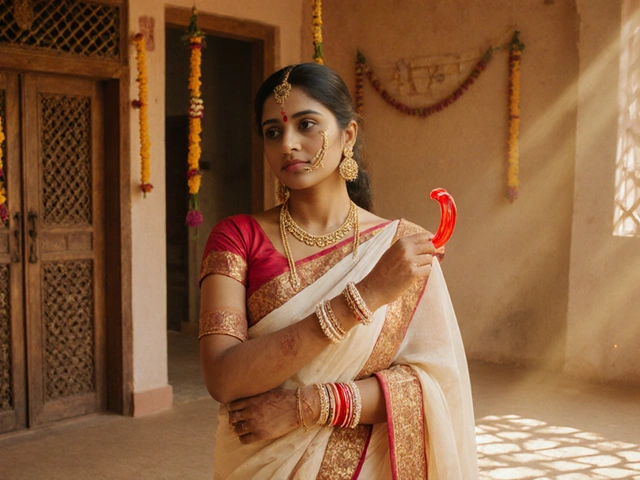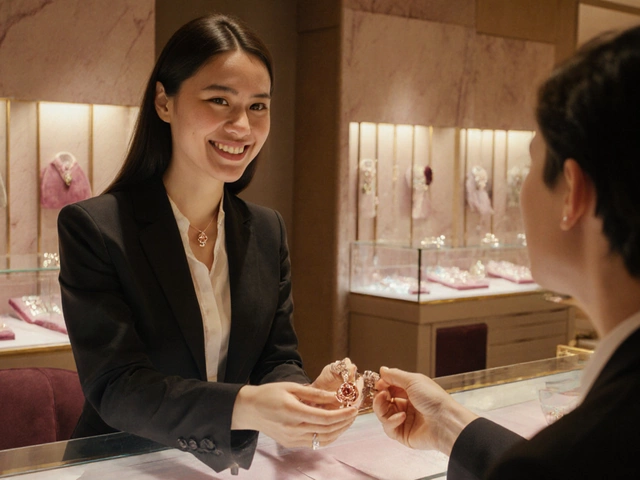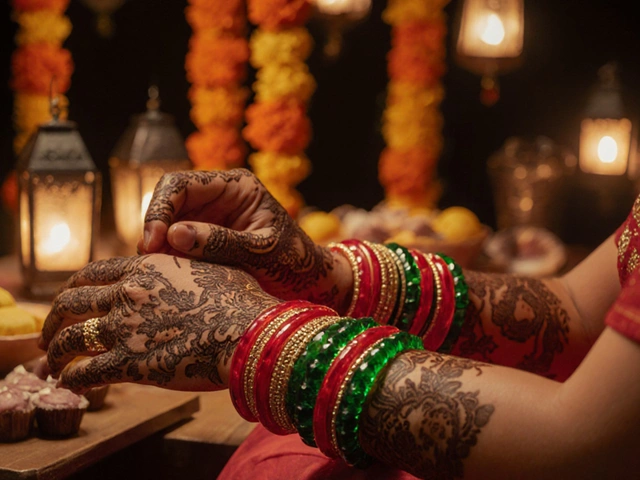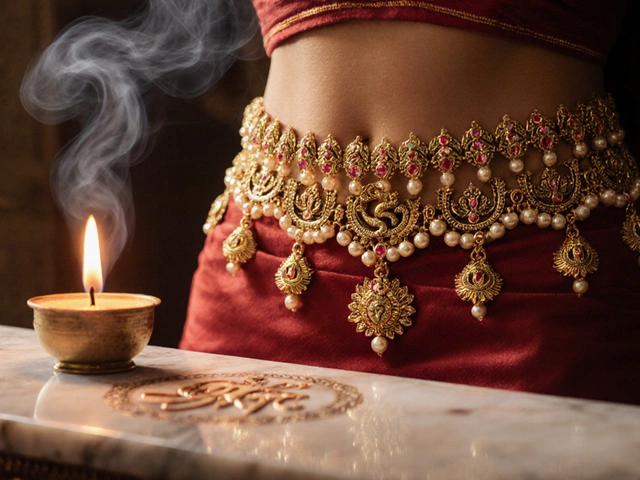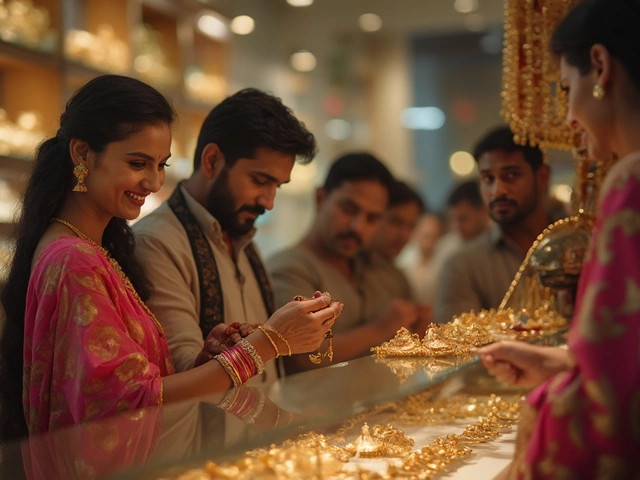bindi – the extra touch for every outfit
When working with bindi, a decorative dot or design placed on the forehead, made from powder, sticker, or jeweled appliqué. Also known as forehead ornament, it signifies cultural identity, marital status, and personal style in South Asia. In everyday wear it teams up with bangles, circular bracelets traditionally worn on both arms, creating a balanced look from head to wrist. The combination often appears in Indian wedding traditions, rituals and accessories that mark marriage ceremonies, where every detail tells a story.
Why bindi matters beyond fashion
First, bindi is more than a pretty dot. It’s a visual cue that links the wearer to centuries‑old customs. In many regions the color red ties the bindi to red bangles, symbolic wrist adornments for married women, reinforcing marital status without a word. This color‑based pairing shows how forehead and arm accessories reinforce each other’s meaning.
Second, the placement of bindi follows simple geometry. The dot sits at the point where the forehead meets the brain’s “third eye,” a spot believed to enhance focus. When paired with gold jewelry, such as a delicate gold chain or a maang tikka, the shimmer draws attention to the same central line, creating visual harmony. That’s why many designers recommend matching a gold‑toned bindi with gold jewelry for a cohesive statement.
Third, modern bindi trends borrow from traditional motifs while embracing new materials. Stick‑on jeweled bindis now feature tiny crystals that catch the light like mini‑mirrors, echoing the sparkle of bangles. This crossover shows how a simple forehead mark can evolve with fashion without losing its cultural roots.
Fourth, bindi choices often reflect regional festivals. During Navratri, bright multicolored bindis accompany colorful lehengas and matching bangles, while during weddings the emphasis shifts to deep reds and gold accents. Understanding these seasonal cues helps you pick the right style for any occasion.
Fifth, the practical side matters too. A well‑applied bindi stays put through laughter, dancing, and even a drizzle of monsoon rain. Using a light adhesive or a paste made from turmeric and sandalwood not only secures the dot but also adds a pleasant scent, enhancing the overall experience.
Sixth, accessorizing with bindi can be a subtle statement of empowerment. Young professionals in metros often wear minimalist single‑dot bindis under a sleek bun, signaling confidence while respecting heritage. This modern twist shows that bindi isn’t limited to rituals; it fits into daily office wear as well.
Seventh, learning how to match bindi with other accessories saves you from clashing colors. For instance, bright orange bindis pair well with turquoise bangles, while pastel pink bindis look best next to silver or white gold pieces. Avoiding color clashes keeps the overall look polished.
Eighth, the bindi market has grown online, offering ready‑made sets that include matching bangles, earrings, and even a small pendant. These curated kits simplify the process for anyone new to Indian styling, ensuring each piece complements the others.
Finally, the emotional value of bindi shouldn’t be overlooked. For many, the moment of applying it before a ceremony marks the transition into a new life phase, just as slipping on a set of bangles does. Together, they become a ritual bundle that signals change.
Below you’ll find a curated collection of articles that dive deeper into each of these aspects – from cultural meanings to styling tips and practical how‑tos. Whether you’re prepping for a wedding, a festival, or just want to add a dash of tradition to everyday wear, the posts ahead will give you the insights you need.
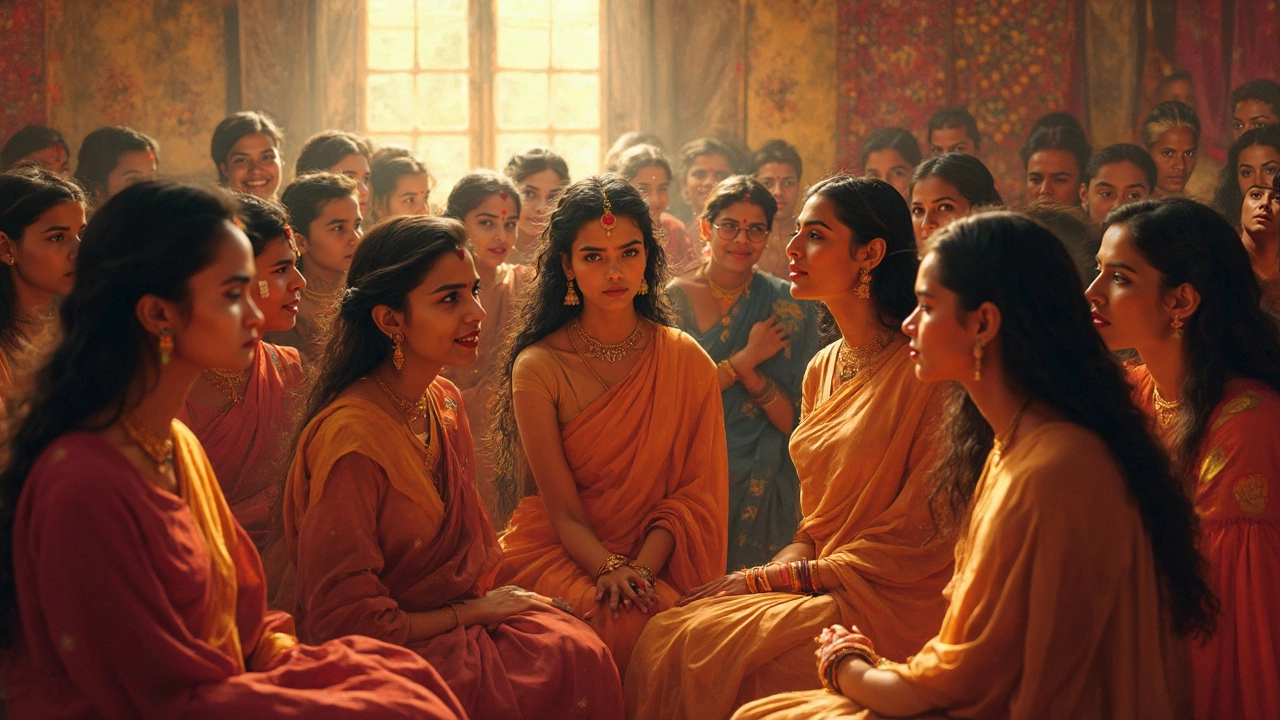
Why Indian Girls Wear Red Dots: More Than Meets the Eye
The red dot, often seen on the foreheads of Indian girls and women, is not just a decorative piece but holds cultural and traditional significance. Known as a bindi, it symbolizes various aspects of life, including spirituality, marital status, and beauty. This article explores the rich history, symbolism, and social aspects of the bindi, offering insights into why it's more than just a fashion statement. Discover how this small yet powerful dot plays a vital role in Indian culture and beyond.
read more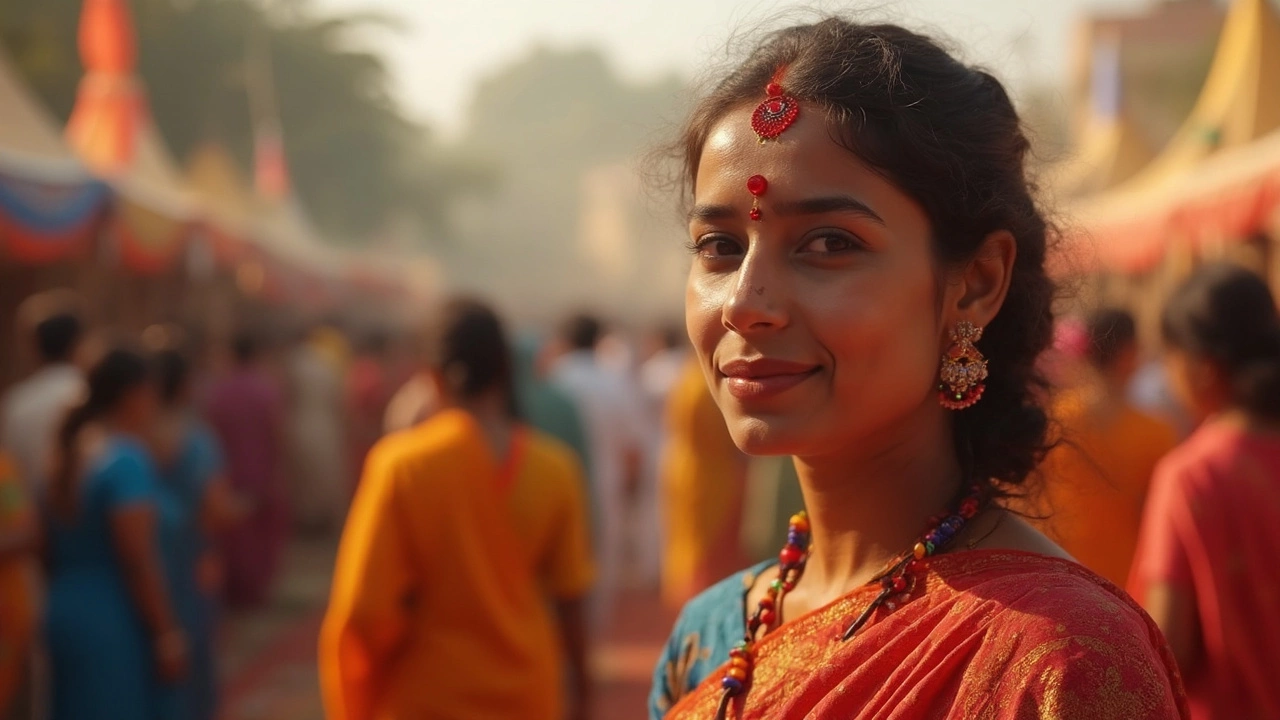
Unveiling the Red Dot: A Look into Indian Tradition and Culture
The iconic red dot worn by many Indian women, known as a bindi, carries deep cultural and spiritual significance. Often seen on the forehead, this small decorative mark represents more than just fashion. It's a symbol of tradition, religion, and personal status that has evolved over time. While commonly associated with Hindu beliefs, its meaning and use vary across different Indian communities.
read more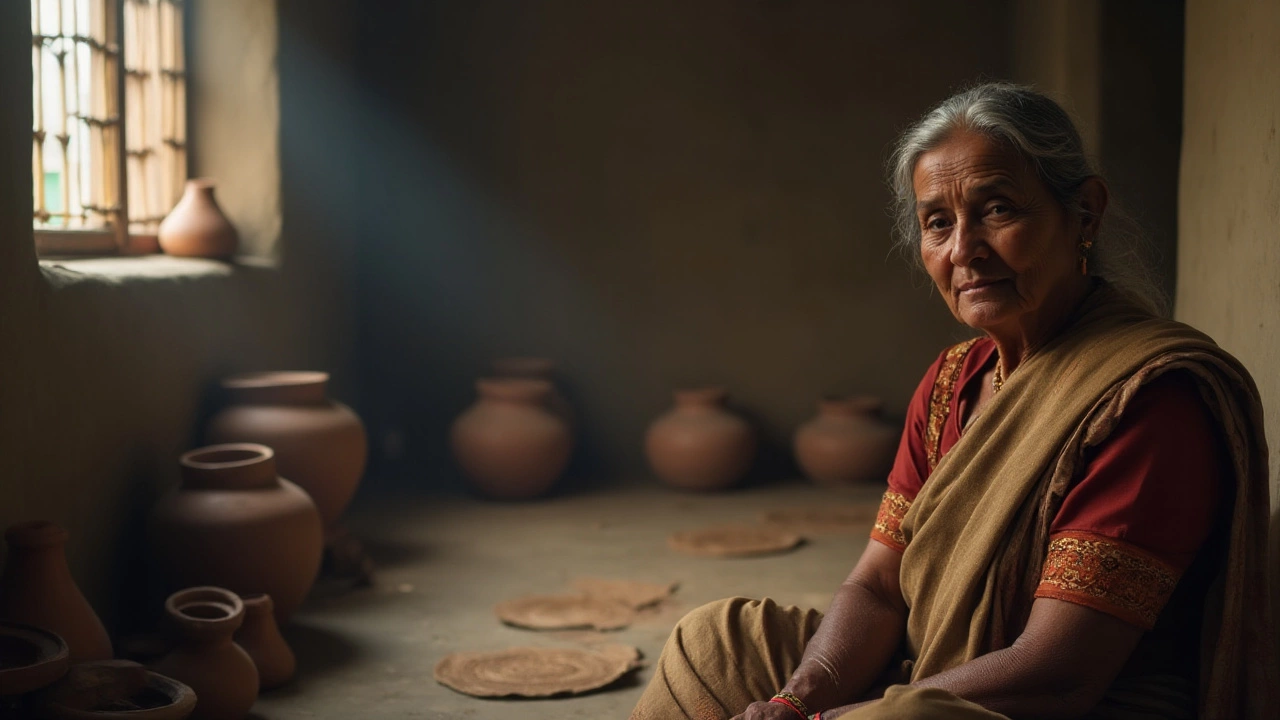
Understanding the Cultural Significance of Bindi and Mangalsutra Designs
The cultural practice of not wearing bindi by widows is deeply rooted in tradition and symbolizes the transition in their social identity. This article explores the significance of bindi in Indian culture, its relation to a woman's marital status, and the intricate designs of mangalsutra which complement these traditions. We delve into various interpretations and the evolution of these practices in modern times. The article also provides insights and tips for understanding these customs within the contemporary context.
read more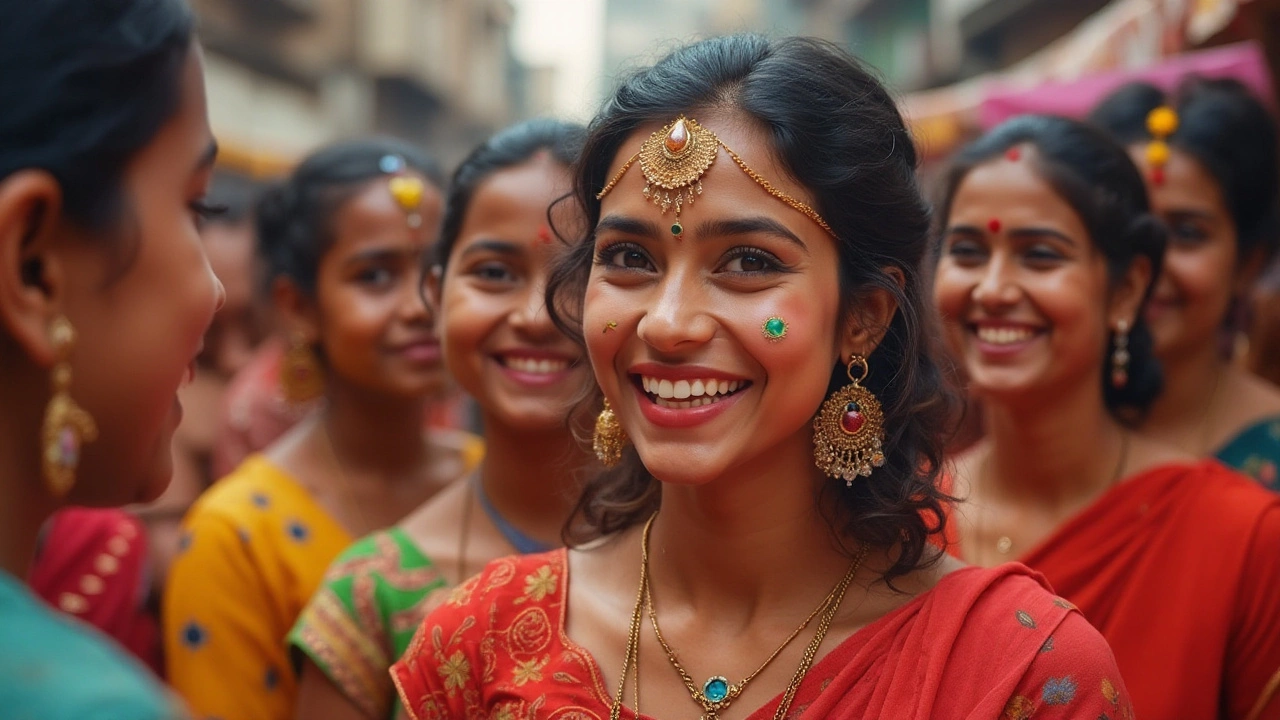
Cultural Significance of Bindis for Unmarried Women in India
The bindi, a small decorative mark worn on the forehead, carries a rich cultural significance in India. Often associated with married women, many wonder if an unmarried girl can wear a bindi. This article explores the vibrant history, symbolism, and cultural norms surrounding bindis, shedding light on its broader acceptance among all women regardless of marital status. Dive into the insights and stories behind this beautiful tradition.
read more